When it comes to manufacturing, many folks wonder exactly who keeps an eye on all the gears and gadgets. It's not just a free-for-all out there; governments have their hands deep in the mix, crafting schemes and setting rules to keep the industry running smoothly. It's these rules and regulations that ensure what comes off the production line is safe, sound, and up to scratch.
Getting into the nitty-gritty, governments don't just throw a bunch of rules and leave it at that. They actively engage with industries to update and refine regulations, balancing innovation with safety. This means there are specific schemes tailored to different sectors—from food and cars to electronics and textiles. These schemes aren't just about ticking boxes; they're about encouraging companies to do better, and they often include incentives for adopting greener practices or using newer technology.
- Understanding Government's Role
- Key Regulations and Standards
- Innovative Practices in Oversight
- Future of Government Schemes
Understanding Government's Role
When it comes to the bustling world of manufacturing, the government isn’t just a bystander. They’ve got their sleeves rolled up, playing a critical role in how things shape up. Why all the fuss? Well, without some solid oversight, the industry could go haywire, leading to unsafe products and unchecked pollution.
The government, through various schemes and policies, ensures every cog in the manufacturing machine is well oiled. This oversight starts with setting standards, like the ISO 9001 for quality management or ISO 14001 for environmental management. These aren't just fancy numbers but frameworks that businesses have to align with to stay competitive and safe.
Besides regulations, governments provide funds and incentives to businesses that meet efficiency and eco-friendly benchmarks. In the U.S., for instance, the Department of Energy offers tax credits to companies that implement energy-saving technologies. Similarly, in Europe, businesses that reduce waste enjoy certain tax benefits.
One critical government body involved is the Occupational Safety and Health Administration (OSHA) in America. They ensure workplaces are safe and healthy, requiring businesses to adhere to specific safety protocols. Violations? Companies can face hefty fines or even shutdowns.
The government also keeps an eye on global trade. They establish trade policies and tariffs, affecting how companies manufacture and export products. The aim is to strike a balance so domestic industries thrive while staying in the race globally.
For specialization, countries may have agencies tailored to specific sectors. Take Japan's Ministry of Economy, Trade, and Industry (METI); they're at the heart of guiding Japan's manufacturing sector with policies focused on innovation and international competitiveness.
Government roles vary and evolve across different regions and sectors. Still, the core remains the same: regulate, innovate, and facilitate safe, efficient manufacturing.
Key Regulations and Standards
Understanding the manufacturing regulations is like having the blueprint to how things get produced safely and efficiently. First off, there are guidelines about quality control, which ensure that all products meet certain minimum standards before they hit the shelves. For example, the ISO 9001 is a globally recognized standard that companies use to improve their quality management systems.
But it's not just about quality. Environmental regulations play a huge role, too. In many countries, manufacturers have to comply with laws aimed at reducing pollution and managing waste responsibly. For instance, the European Union has the RoHS directive, which controls the use of hazardous substances in electronic products.
And don't forget safety! On the safety front, occupational health and safety standards, like the OSHA regulations in the United States, protect workers from risky conditions. These rules ensure that factories are safe places to work, reducing accidents and injuries on the job.
Governments often publish guides or frameworks to help manufacturers stay compliant. Here's what manufacturers often focus on:
- Product Safety Standards: Companies must ensure their products are safe for consumers.
- Environmental Compliance: Reducing the environmental footprint of manufacturing operations.
- Worker Safety Regulations: Ensuring safe work environments through proper training and equipment.
- Data Security Standards: In the digital age, securing consumer and operational data from breaches is crucial.
Governments and industry leaders frequently tweak and update these regulations to keep up with new technological advances and societal needs. For a manufacturer, keeping up with these updates is almost as important as the production process itself.
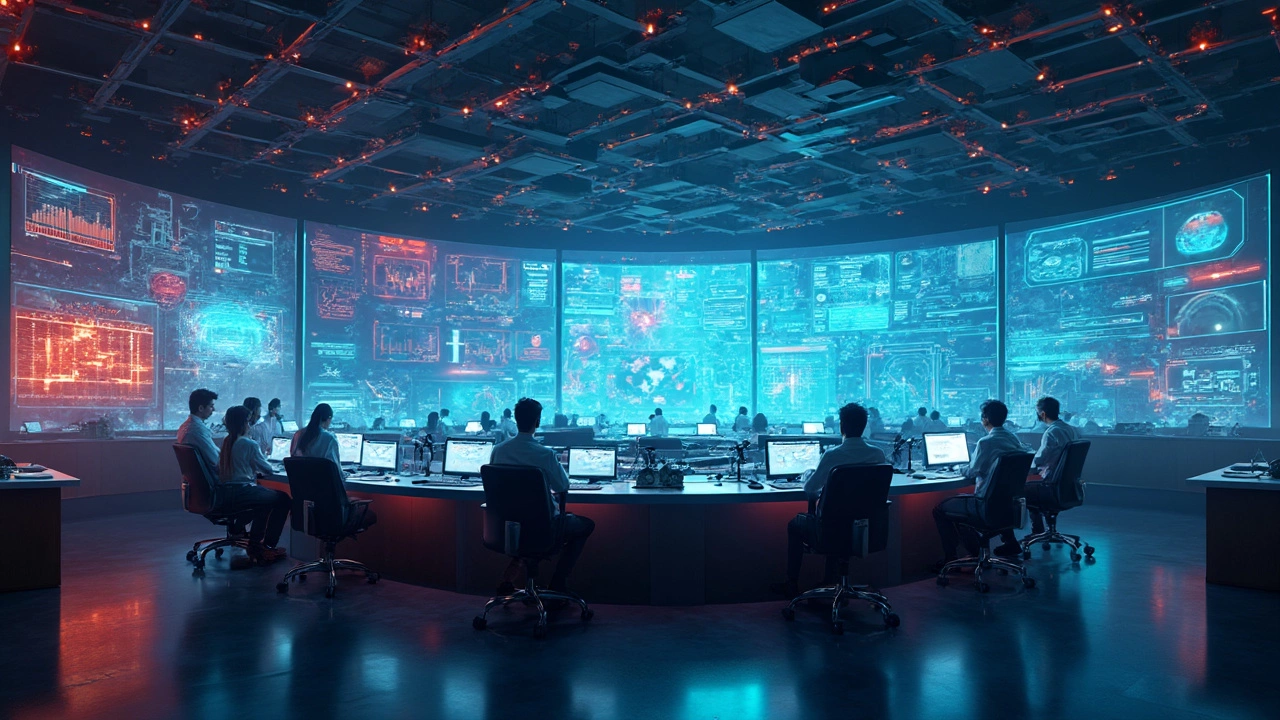
Innovative Practices in Oversight
Manufacturing oversight isn't just about setting rules and hoping for the best. It's about getting into the weeds and finding clever ways to ensure quality and safety across the board. One of the standout practices in recent years is digital oversight. Companies are increasingly implementing AI and machine learning to monitor production lines in real-time, flagging any inconsistencies faster than you can say 'broken part.'
Another cool innovation is the use of blockchain technology. This relates to how products are tracked through every stage of the supply chain, ensuring transparency and accountability. Whether it's tracking the origin of raw materials or monitoring the delivery routes, blockchain makes sure nothing goes unnoticed. For industries dealing with sensitive products, like pharmaceuticals, this tech is a game-changer.
Government schemes are also catching up with these trends by providing support and incentives for companies that integrate these technologies. For instance, some schemes offer tax breaks or grants to businesses that invest in eco-friendly manufacturing processes or implement smart tech that reduces waste.
Let's not forget about collaborative efforts. In some countries, governments are bringing together manufacturers, tech developers, and regulatory bodies to create manufacturing regulations that are both practical and forward-looking. These task forces ensure everyone’s on the same page and working toward the same goals, creating a more synchronized approach to industry oversight.
And there's some data to back all this up:
| Innovation | Adoption Rate (2024) |
|---|---|
| AI & Machine Learning | 65% |
| Blockchain Tracking | 45% |
| Eco-Friendly Processes | 55% |
Each of these innovations not only tightens oversight but often improves efficiency, saving money in the long run. It's like getting the best of both worlds: tighter control and a healthier bottom line.
Future of Government Schemes
Looking ahead, government schemes in the manufacturing sector are set to become more dynamic and responsive to the growing demands of tech innovation and sustainability. One of the key shifts will be around smart manufacturing practices. With the rise of AI and IoT, governments might introduce more comprehensive frameworks to support industries in adopting these technologies, allowing for enhanced efficiency and productivity.
Another trend we're likely to see is an increased emphasis on sustainability. As environmental concerns take center stage, expect new regulations that push for greener manufacturing processes. This could mean stricter emissions standards or incentives for factories to reduce waste or transition to renewable energy sources. The idea is to make sustainability a fundamental part of the manufacturing landscape, not just a nice-to-have.
On the regulatory front, we can anticipate more streamlined processes. Governments are investing in digital tools that can simplify compliance and reporting. This could involve digital tracking systems that ensure manufacturers meet necessary regulations without getting bogged down by paperwork.
- Encouragement of tech integration like AI and IoT
- Regulatory incentives for sustainable practices
- Streamlined digital compliance systems
Investment in workforce development will also be crucial. Governments know that a skilled workforce is essential for advancing the manufacturing industry. So, look out for programs that offer training and upskilling opportunities, especially in tech-related fields, to keep workers ahead of the curve.
Overall, while the road ahead involves challenges, it also offers exciting opportunities for industries willing to adapt and innovate under these evolving government schemes. By staying ahead of regulatory changes and embracing new technologies, manufacturers can not only comply but thrive in an ever-changing environment.

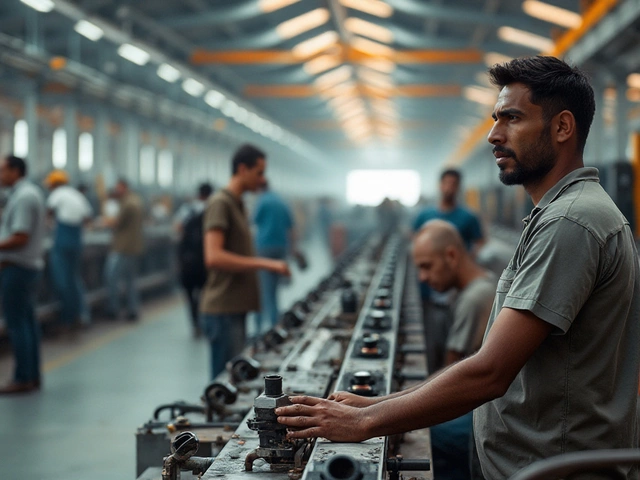


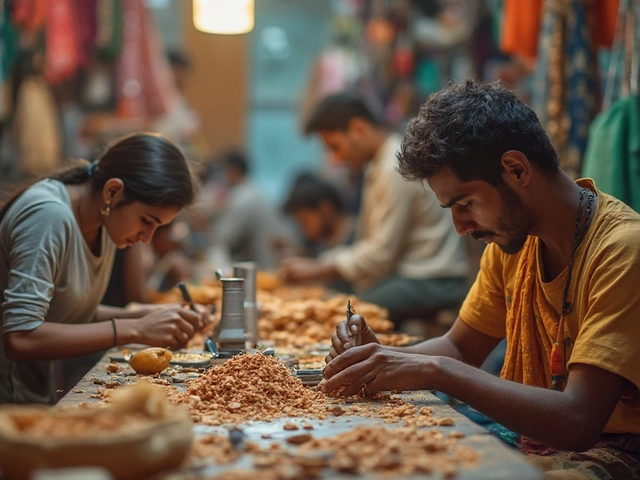
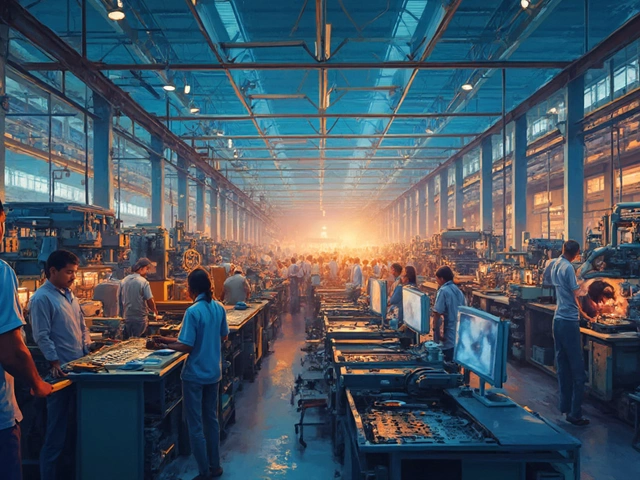
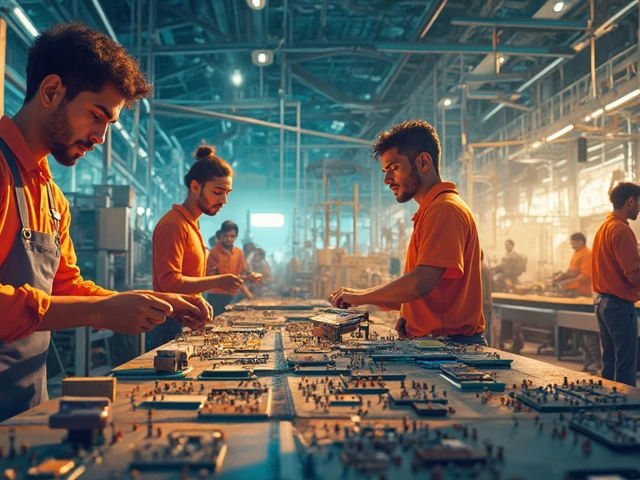
Write a comment